By Stephen Beech
An underwater robot called Lassie has discovered "remarkable" icefish nests while searching for Sir Ernest Shackleton’s lost ship, The Endurance.
Scientists uncovered a "new and unusual" phenomenon - extensively maintained fish nesting grounds arranged in patterns - in a remote part of Antarctica's Western Weddell Sea, an area once hidden beneath a 200-metre thick ice shelf.
When the A68 iceberg, measuring 5,800 square kilometers, calved from the Larsen C Ice Shelf in 2017, it opened new access for research.
A remotely operated vehicle (ROV) exploring the seafloor revealed more than 1,000 circular nests, each cleared of the layer of plankton that blanketed surrounding areas.
The nests were not randomly scattered, but instead were organised into "distinct" patterns - forming a vast, geometric fish neighborhood on the seafloor.
The dimples in the sand are the cleaned fish nests, according to the study published in the journal Frontiers in Marine Science.
The 2019 Weddell Sea Expedition had two aims: to conduct an interdisciplinary scientific programme in the waters surrounding the Larsen C Ice Shelf, and to locate, survey, and image the wreck of Shackleton's ship, which sank in 1915.

Nests of the yellowfin notie (Lindbergichthys nudifrons). Each nest would have been guarded by a parent fish, protecting their eggs from predators. (Weddell Sea Expedition via SWNS)
The scientific motivation was driven by the "critical" importance of Antarctica's floating ice shelves.
The ice shelves play a crucial global role, acting to support and restrain ice flow from the vast interior of the Antarctic Ice Sheet.
When ice shelves thin or collapse, this restraint is lost, leading to accelerated ice flow from the continent, which in turn contributes to global sea-level rise.
Equipped with autonomous underwater vehicles (AUVs) and a remotely operated underwater vehicle (ROV) aboard the South African polar research vessel SA Agulhas II, the team faced the same extreme sea-ice conditions that had crushed The Endurance more than a century earlier.
The immense pressure of the thick multi-year pack ice thwarted the 2019 search effort for the Endurance.
The invaluable experience gained in navigating the treacherous ice and deploying submersible technology assisted with the planning and execution of the subsequent Endurance22 expedition on the same ship.
The second expedition successfully located the remarkably well-preserved wreck in March 2022 at 3,008 metres (9,868 ft) below sea level.
Dr. Russell Connelly, of the University of Essex, said: "The architects of these nests are a species of rockcod known as the yellowfin notie.

An impression of Shackleton's lost ship, the Endurance. (Olivier Leger via SWNS)
"Each nest would have been guarded by a parent fish, protecting their eggs from predators.
"This remarkable organisation is thought to be a survival strategy.
"The dense clusters demonstrate the ‘selfish herd’ theory in action: individuals in the centre of the group gain protection, shielded by their neighbors.
"The solitary nests on the outskirts are thought to be occupied by larger, stronger individuals better able to defend their nests.
"The entire community is a dynamic interplay between cooperation and self-preservation."
Dr. Connelly added, "This find is more than a scientific observation; it has critical implications for conservation.
"It provides evidence that this area contains a Vulnerable Marine Ecosystem, a unique and fragile habitat that is crucial for biodiversity.
"Importantly, it builds on previous work in the Weddell Sea, which revealed one of the largest known fish breeding colonies on Earth.
"These discoveries are vital to support the formal designation of the Weddell Sea as a Marine Protected Area.
"Protecting this area means safeguarding not just the iconic penguins and seals, but also these hidden nurseries that form part of the Antarctic food web.
"These underwater environments are a powerful reminder that even in the planet's most extremes, life finds a way to build complex, resilient communities."
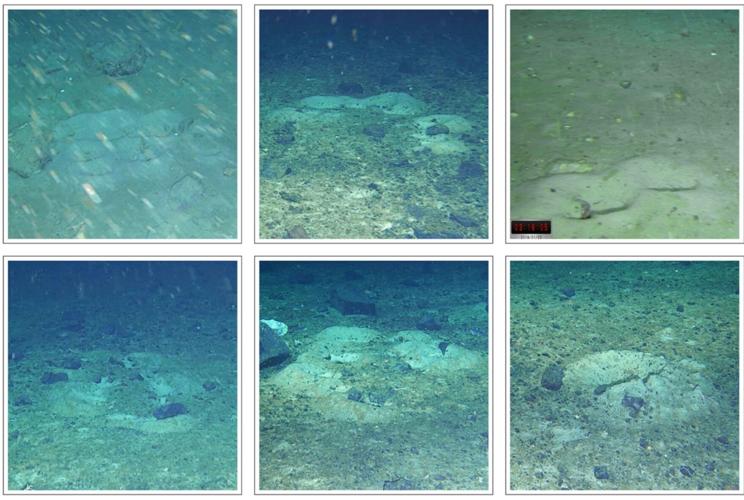
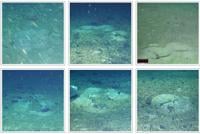
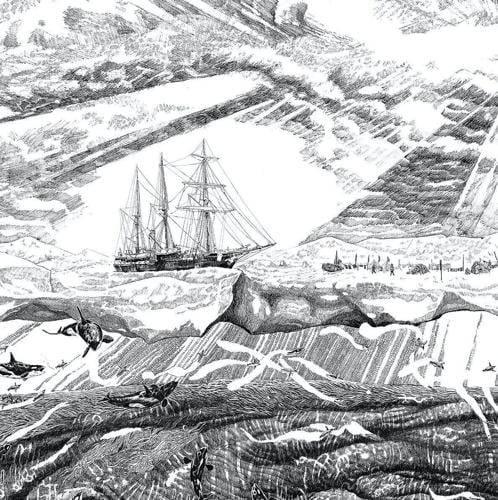
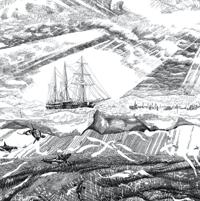

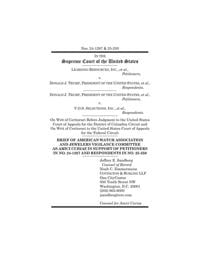











(0) comments
Welcome to the discussion.
Log In
Keep it Clean. Please avoid obscene, vulgar, lewd, racist or sexually-oriented language.
PLEASE TURN OFF YOUR CAPS LOCK.
Don't Threaten. Threats of harming another person will not be tolerated.
Be Truthful. Don't knowingly lie about anyone or anything.
Be Nice. No racism, sexism or any sort of -ism that is degrading to another person.
Be Proactive. Use the 'Report' link on each comment to let us know of abusive posts.
Share with Us. We'd love to hear eyewitness accounts, the history behind an article.